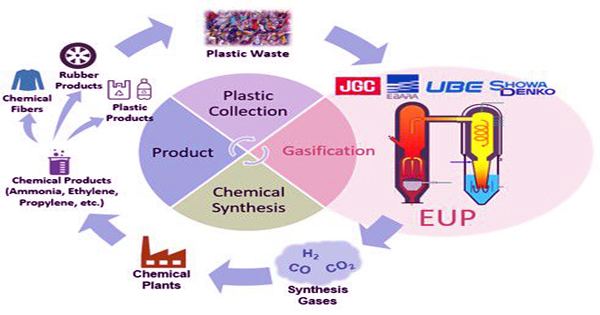
The team thinks there’s no reason to be kind of plastic, the plant will do its job. And they hope they can go worldwide. They plan to roll out plants in Southeast Asia, with the aim of buying plastic waste at 50 per ton. This strategy is expected to reduce the amount of plastic that ends up in landfills or at sea. The prototype is being held at the university, but the company plans to build a full-scale plant in Cheshire in the north-west of England. This will test whether the feature should continue to be as effective as upscaling. Advanced conversion technology has encountered scaling problems and difficulties in handling the evaporation of a large number of different substances from other methods.
“We are delighted to be hosting prototype protesters at the University of Chester. The technology converts all plastic waste into high-quality, low-carbon hydrogen sigs [synthetic gas] that can be used to power gas engines,” said Professor Joe Ho from the University of Chester in a statement. “One of the by-products of this process is electricity, which means waste plastics can not only drive cars but also keep lights on at home. Of course, the world needs to wake up to this technology. It will make it possible to empower cities and towns around the world to make waste plastic valuable and most importantly it can now help clean up our sea of waste plastics.”
Nearly half of the infamous Great Pacific garbage patches have abandoned fishing gear. Initial efforts to combat plastics have focused on getting rid of consumer plastics like straw, but larger efforts to tackle industrial waste are still limited. The method proposed by W2T could give economic reasons for not polluting the industry beyond legitimacy and ethics. It is important to remember that plastic cans during personal use and often ends up at sea; one of the main culprits of plastic pollution is the fishing industry.















